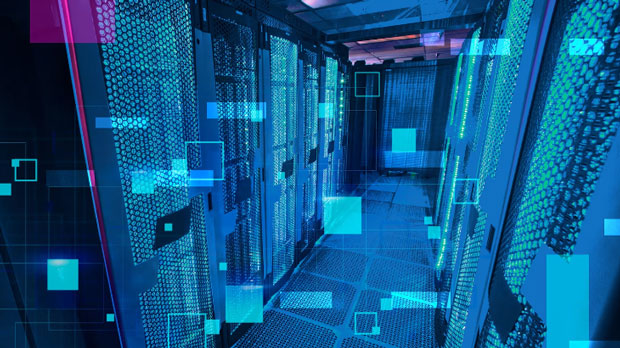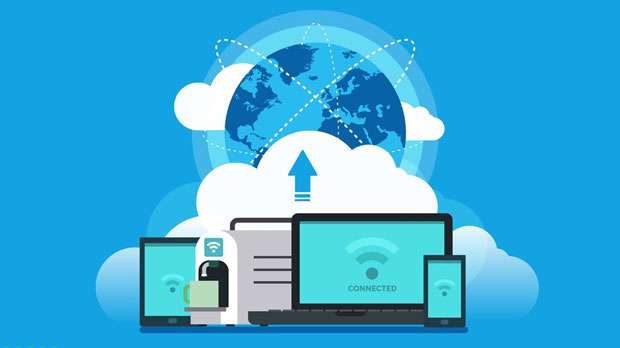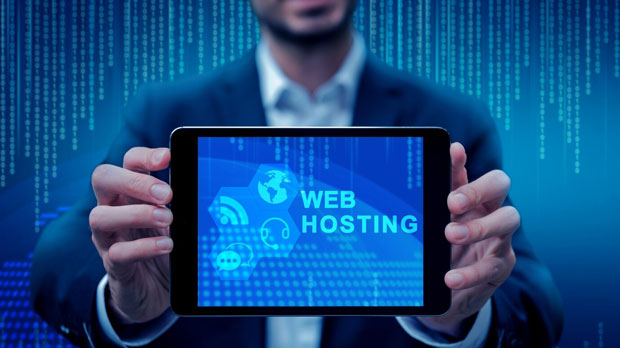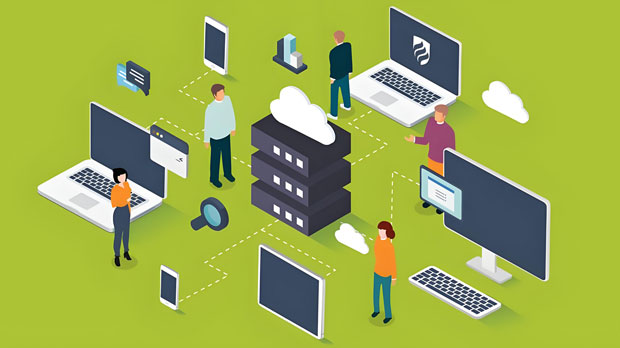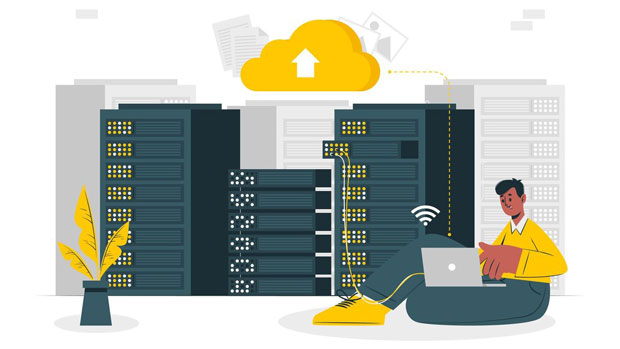In today's highly competitive business environment, obtaining actionable insights into competitors' strategies is crucial for success. One of the most effective methods for gathering such intelligence is by utilizing static residential proxy pools. These proxy pools offer a unique advantage by providing real IP addresses associated with residential areas, enabling users to access online information anonymously while mimicking regular consumer traffic. By leveraging static residential proxies, businesses can monitor competitors' websites, track pricing strategies, and collect valuable data for market analysis, all while avoiding detection. This article explores the process of using static residential proxy pools for competitive intelligence collection and highlights the steps for successful implementation. Understanding Static Residential Proxy PoolsBefore diving into the applications and benefits of static residential proxies, it is important to understand what static residential proxy pools are. In simple terms, static residential proxies refer to a network of IP addresses that are sourced from real residential locations, such as homes and apartments. Unlike datacenter proxies, which are usually hosted on servers, residential proxies offer a more authentic online presence. A static residential proxy pool refers to a group of these IP addresses that remain consistent over time, meaning they do not change frequently. This feature provides the advantage of maintaining a stable and trustworthy online footprint, which is critical when it comes to competitive intelligence gathering. Businesses can rotate these proxies for multiple use cases without being flagged or blocked by competitors' websites, which often employ anti-scraping technologies.The Benefits of Using Static Residential Proxies for Competitive Intelligence1. Access to Accurate Competitor Data One of the key reasons businesses turn to static residential proxy pools is the ability to access competitor data undetected. Many competitors actively monitor their web traffic and block known data-scraping methods. Static residential proxies help circumvent these roadblocks by making the traffic appear as legitimate user activity, preventing it from being flagged as suspicious. This allows businesses to gather valuable competitor information, including pricing, promotional activities, product launches, and customer feedback.2. Avoidance of Geo-Restrictions Geo-restrictions are commonly used by businesses to control access to specific content based on the user's location. With static residential proxies, businesses can overcome geographical restrictions by using IP addresses from various regions or countries. This enables businesses to collect data about competitors' international operations, understand regional market dynamics, and compare regional pricing strategies, all without being blocked or hindered by location-based restrictions.3. Anonymity and Reduced Risk of Detection Using static residential proxies provides an added layer of anonymity for businesses. Since these IP addresses are associated with real households, they are less likely to be flagged as suspicious by websites. This reduces the risk of detection while gathering valuable intelligence. Whether monitoring online product listings, tracking competitor traffic, or collecting customer reviews, businesses can rest assured that their activities remain anonymous.4. Reduced IP Bans and Captchas Many websites employ anti-scraping measures such as IP bans, CAPTCHAs, or rate-limiting to prevent data harvesting. When using a static residential proxy pool, businesses reduce the likelihood of encountering these issues. Since residential IPs are legitimate and sourced from real users, they are less likely to be blocked, even when large volumes of data are being accessed. This ensures businesses can continue collecting intelligence without significant interruptions.Key Applications of Static Residential Proxies for Competitive Intelligence1. Price Monitoring and Analysis Competitive pricing is one of the most vital factors in any industry. By using static residential proxies, businesses can continuously monitor competitor pricing on their websites, e-commerce platforms, and marketplaces. This provides invaluable insight into pricing trends, discounts, and changes that could impact the business’s own pricing strategies. Through regular price monitoring, businesses can ensure they remain competitive and adjust their pricing in real-time to align with market conditions.2. Product Monitoring and Review Tracking Another useful application of static residential proxies is tracking product availability, new product launches, and customer reviews. By monitoring competitors' product offerings and how customers are responding to them, businesses can identify potential market gaps or new product opportunities. Static residential proxies allow businesses to perform this type of research without triggering blocking mechanisms, even when browsing competitor websites frequently.3. Ad Campaign Analysis Analyzing competitors' digital marketing strategies can provide valuable insights into their advertising tactics and customer engagement approaches. Static residential proxies enable businesses to collect data on competitors’ online advertisements, including banner ads, sponsored content, and pay-per-click campaigns. By tracking these campaigns over time, businesses can identify patterns, budget allocations, and key performance metrics to enhance their own marketing strategies.4. Web Scraping and Data Extraction Web scraping is a critical method for competitive intelligence collection, as it allows businesses to extract large volumes of publicly available data from competitors' websites. Using static residential proxies, companies can scrape competitor sites without triggering IP blocks, ensuring the data collected is accurate and comprehensive. Web scraping can include information such as product catalogs, service offerings, customer demographics, and much more, all of which can be analyzed for actionable insights.Best Practices for Implementing Static Residential Proxies in Competitive Intelligence1. Varying Proxy Usage Even though static residential proxies offer a stable IP address, it is essential to rotate these proxies periodically to prevent detection. While residential IPs are less likely to be flagged, overuse of the same IP address may still raise suspicions. Businesses should implement proxy rotation strategies to distribute traffic across multiple IP addresses, mimicking natural user behavior and reducing the risk of detection.2. Respecting Legal and Ethical Boundaries While static residential proxies provide numerous benefits for competitive intelligence, it is crucial for businesses to operate within legal and ethical boundaries. Data scraping and competitive analysis should not violate any laws or infringe upon the rights of competitors. Businesses must ensure that they comply with terms of service agreements and local regulations regarding data privacy and protection.3. Data Analysis and Actionable Insights Simply collecting data is not enough; businesses must have a strategy for analyzing and acting upon the information gathered. After collecting competitor data using static residential proxies, it is essential to filter and analyze this data to uncover patterns, trends, and opportunities. This information should then be used to drive informed decision-making that can enhance the company's competitive position.4. Integration with Existing Tools To maximize the effectiveness of static residential proxies, businesses should integrate the collected data into their existing competitive intelligence tools and platforms. This could include customer relationship management (CRM) systems, data analytics platforms, or market research tools. By consolidating the data into a central system, businesses can generate detailed reports, track performance metrics, and monitor ongoing changes in competitor behavior.Utilizing static residential proxy pools for competitive intelligence collection offers businesses a powerful and discreet way to gain insights into competitors’ strategies and market trends. By providing anonymous access to valuable competitor data, static residential proxies enable businesses to monitor pricing, track product offerings, analyze digital marketing campaigns, and much more, all without being detected. With the right implementation strategy and adherence to ethical practices, businesses can leverage these proxies to stay ahead in an increasingly competitive market.
Apr 07, 2025
![arrow]()




















































